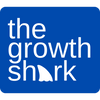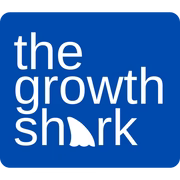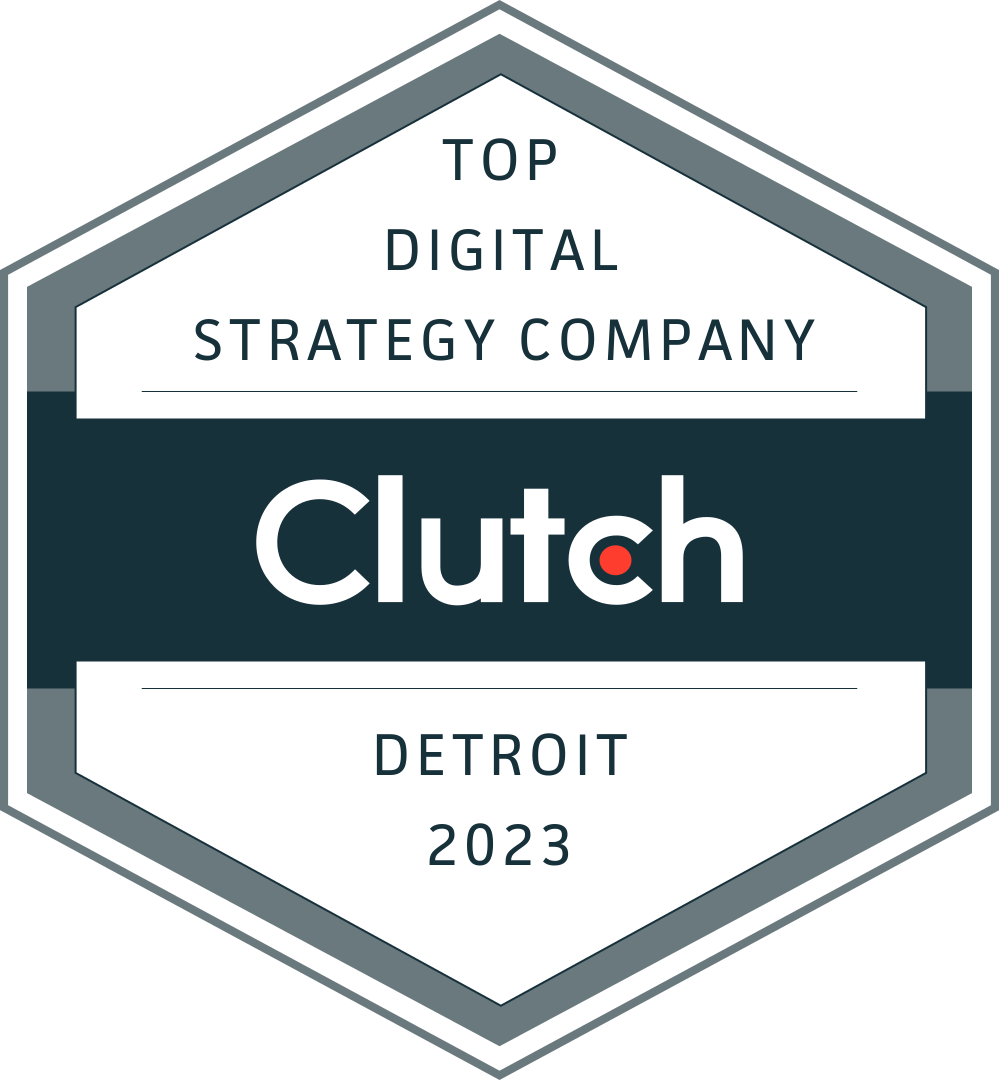Whether you're investing in online advertising for the first time or optimizing an existing campaign, choosing between Google Ads vs Facebook Ads (Meta Ads) can be the key to growing your business.
Best Platform for Ads: Google or Meta to Grow Your Business
If your business is running online ads—or considering it—you’ve probably asked yourself:
“Should I spend more on Google Ads or Facebook/Instagram (Meta) Ads?”
Both platforms can drive traffic, leads, and sales, but they work very differently. Choosing the right one can mean the difference between wasted ad spend and a profitable campaign.
So, how do you decide? It depends on your industry, audience, and goals.
In this guide, we’ll break down:
How Google Ads and Meta Ads(formerly Facebook Ads) work differently
Which platform is best for different industries
How to decide where to spend your budget for the highest ROI
Cost Trends and ROI Expectations for Google vs Meta in 2025
Ad costs are rising across both Google and Meta, but how they impact ROI looks very different.
In 2025, the average cost-per-click (CPC) on Google Search is around $4.66, while Facebook Ads (Meta) average a CPC closer to $1.88 across industries.
Google’s higher CPC reflects its stronger buyer intent. Leads captured through search typically close faster and at higher value, especially in verticals like legal, home services, and B2B. However, increased competition means small mistakes in targeting or bidding strategies can quickly erode margins.
Meta, on the other hand, delivers cheaper traffic but often requires a longer sales cycle. Strong creative, retargeting, and audience nurturing are critical to convert discovery-driven clicks into real sales.
For most brands, a smart ROI strategy doesn’t chase the cheapest clicks—it matches platform strengths to campaign goals, adjusts spend based on conversion rates, and tests constantly to stay efficient as costs evolve.
How First-Party Data Gives You a Competitive Advantage

First-party data is now critical for paid media strategy success.
Google’s Customer Match and Meta’s Conversions API rely on customer data you collect, like emails and purchase history, for stronger targeting and optimization.
Advertisers who invest in building and activating first-party audiences will outperform those stuck with generic audience targeting.
Google Ads vs. Meta Ads: What’s the Difference?
Google Ads = Demand Capture (People Searching for Solutions)
-
Google Ads show up when people are actively searching for something.
-
You’re targeting users with high intent—they’re looking for exactly what you offer.
-
Best for businesses that solve a problem people are already searching for (e.g., lawyers, dentists, plumbers, and eCommerce products).
Meta Ads (Facebook & Instagram) = Demand Generation (Disrupting the Scroll)
-
Social media advertising platforms like Facebook and Instagram Ads excel at capturing attention in highly visual, interest-driven feeds
-
Meta Ads put your offer in front of people based on their demographics, interests, and behavior.
- Your audience may not be searching for your service yet, but a great Instagram or Facebook ad can convince them they need it.
-
Best for impulse purchases, brand awareness, and visually-driven industries (e.g., beauty, fashion, fitness, online courses).
Which One is Best for Your Industry?

Google Ads Work Best For:
Local Services – Dentists, chiropractors, home contractors, lawyers (people search when they need help right now).
eCommerce (High-Intent Shopping) – If people are searching for your product category, Google Shopping Ads convert well.
B2B (Business-to-Business) – Google is great for targeting professionals searching for specific services.
Emergency & Immediate Need Businesses – HVAC repair, locksmiths, tow trucks—people need solutions fast.
Meta Ads Work Best For:
Impulse Purchase Products – Apparel, beauty, home decor—products that catch attention in the feed.
Coaching & Online Courses – High-ticket programs that require awareness and nurturing.
Health & Wellness – Gyms, nutrition, supplements—people may not be searching, but a compelling ad gets them interested.
Restaurants & Entertainment – People discover new places while scrolling social media.
How to Decide Where to Spend Your Budget

Choose Google Ads if:
People are already searching for what you sell
You have a service-based business that solves an immediate problem
You need high-intent leads ready to buy
Choose Meta Ads if:
You’re introducing a new product/service that people don’t know they need yet
Your business is highly visual (fashion, fitness, beauty, travel, lifestyle)
You need to build brand awareness before selling
Still Not Sure? Here’s a Smart Strategy:
-
Use Google Ads to capture high-intent buyers.
-
Use Meta Ads to create awareness and nurture leads.
-
Retarget website visitors on both platforms to stay top of mind.
Best of Both Worlds: Smart businesses combine both—using Google to catch searchers and Meta to create demand.
Smart Budgeting: Test, Learn, and Adapt Monthly
Building strong first-party audiences gives you a foundation, but smart budgeting is what keeps your campaigns profitable as conditions shift.
Instead of setting budgets on autopilot, top advertisers adjust spend dynamically based on real conversion data, seasonality, and platform performance trends.
Testing new audiences, creative formats, and bidding strategies each month helps uncover hidden opportunities and prevent budget waste.
What works today might underperform tomorrow—staying flexible allows you to reallocate quickly and double down where results are strongest.
A high-ROI ad strategy isn’t about spending the most; it’s about spending the smartest, backed by continuous learning and fast adaptation.
Why Automation Alone Won’t Save Your Ads in 2025
Automation has changed digital advertising, making paid advertising easier, but it’s not a shortcut to guaranteed results.
Google’s Smart Bidding and Meta’s Advantage+ campaigns now optimize placements, bids, and even creative combinations automatically. Yet without strong inputs—clear structure, high-quality assets, and human oversight—automation can waste budget faster than it can scale performance.
Think of automation as an amplifier, not a strategy. If your targeting is too broad, your creative is weak, or your offer is unclear, no algorithm can fix that.
Successful advertisers in 2025 use automation intentionally, blending platform-led optimization with manual testing, creative refresh cycles, and a sharp focus on real outcomes, not just clicks or impressions.
Get a Free Ad Strategy Call
Not sure where your business should spend more? Growth Shark will analyze your audience, goals, and competition to create a winning ad strategy, helping you map out your ads for maximum ROI.
🚀 Contact us today for expert consultation.
















